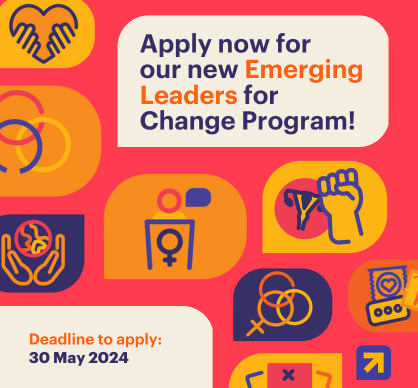
Photo Credit: Pathfinder International
Even just five years ago, Myanmar suffered from a lack of good demographic and health data—unsure about even the country’s total population (since the most recent census was from 1983).
Since then, the government conducted a national population and housing census (2014), the first Demographic & Health Survey (2015-2016), a Nationwide Service Availability and Readiness Assessment carried out by the World Health Organization and the Ministry of Health and Sports (2015), Family Planning Landscaping Analysis conducted by John Snow, Inc. (2017), Family Planning Watch survey conducted by PSI (2016), and a few other reports including one that documented the amount of funding that flowed into the country for reproductive health programs in 2015.
With this new data, stakeholders including Pathfinder sat together this week in Naypyitaw to see how we could answer some interesting questions about contraceptive service availability, commodity supplies, method choice, service outlets, and other parameters, disaggregated by various population characteristics and geographic regions, by cross-referencing the numbers from the surveys that are now available.
Previously unanswered questions could now be answered, and more questions arose as we analyzed the data together.
Myanmar is one of the nearly 40 developing countries that committed to the Family Planning 2020 global movement to improve contraceptive access in order to promote the reproductive health and rights of its citizens.
Since 2013, they have been diligently working towards their goals of making sure the unmet need for family planning decreases steadily and more women have access to more effective and affordable methods of contraception.
With support from the David & Lucile Packard Foundation, Pathfinder has been a steadfast partner in this process, supporting the Maternal and Reproductive Health Department of the Ministry of Health and Sports to disseminate information to the states and regions and down to the township (district) levels, to create more grassroots support for family planning towards the national goals. We have also been joining with the Ministry to promote better access to reproductive health care for adolescents.
Currently, the Ministry’s ambitious strategy is to conduct comprehensive sexuality education in schools; provide unbiased and respectful care to both married and unmarried adolescents seeking reproductive health care in government facilities; and make more information about contraceptives available through mobile applications, Facebook, and other platforms.
We look forward to continuing this work in the coming years with the government to create programs that are designed based on the valuable data and qualitative information the country now has at its fingertips. We are committed to incorporating more voices of women and girls at the grassroots to design programs and make health systems more responsive to community needs.


